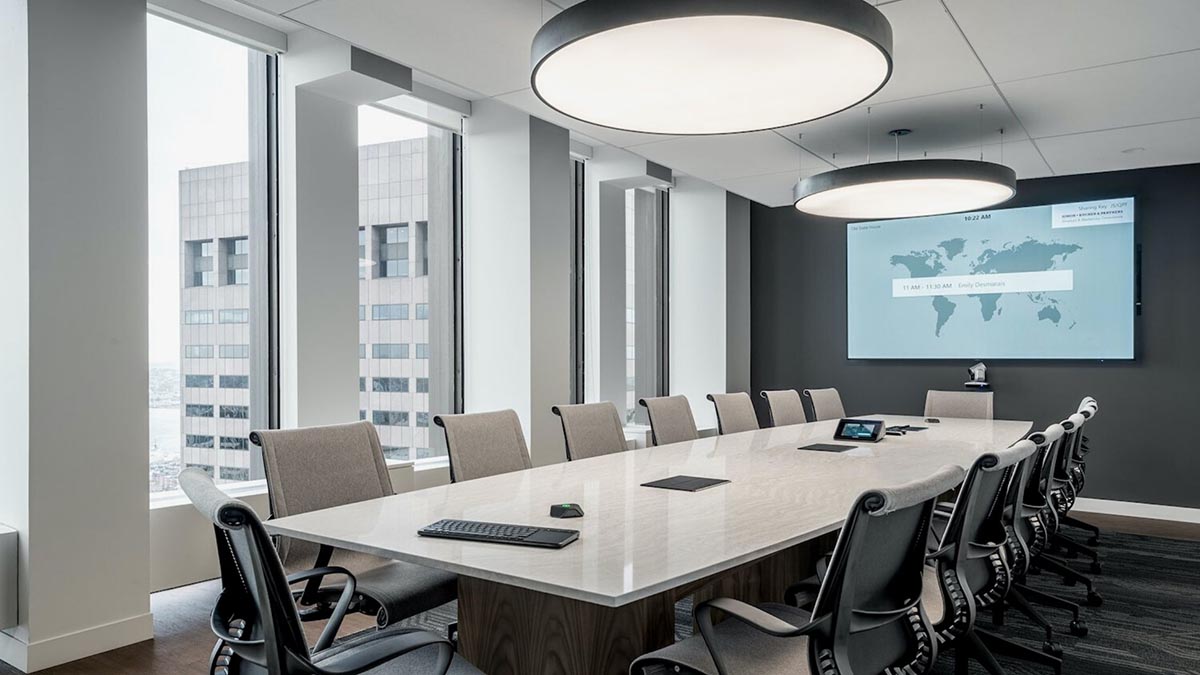Ideal Tactics for Positioning Surveillance Cameras to Enhance Monitoring Effectiveness
Ideal Tactics for Positioning Surveillance Cameras to Enhance Monitoring Effectiveness
Blog Article

Positioning security cameras effectively efficiently is crucial to enhancing monitoring in various settings, such as residences, commercial properties, and community areas. The primary objective of security cameras remains to deter criminal activity and offering evidence during case of events. To achieve this, it is essential to take into account several elements, including surveillance camera placement, range of view, and the particular areas that need monitoring. By comprehending these elements, people as well as organizations can develop a comprehensive surveillance strategy that optimizes the effectiveness of their surveillance systems.
One of the initial actions in positioning surveillance systems is to identify critical areas that require surveillance. Vulnerable zones, including entrances, exit points, parking lots, and locations with high-value items, should be given priority. It is crucial to consider areas not visible, which may be areas that may not be visible from certain angles. By mapping out these key locations, security staff can ensure that all corner is monitored, minimizing the likelihood of criminal actions going undetected. Additionally, installing cameras at key points can assist create a comprehensive perspective of the property, allowing for improved total surveillance coverage.
The field of a security system is another crucial element to consider. Various types of cameras offer different fields of vision, that can affect how many space gets captured in the video. For instance, broad-view systems can cover bigger areas, making them ideal for spacious areas, whereas pan-tilt-zoom cameras can be modified to focus on particular features. When positioning cameras, it is important to choose the right type based on the location being observed. This guarantees that the camera can record clear footage and offer important data in the event of an incident.
Height and angle of mounting also have a crucial role in the effectiveness of security cameras. Surveillance systems must be mounted at a height that is out of helpful site reach of possible interference but also allows for clear visibility of identifying features and additional recognizable features. A common recommendation is to mount cameras at least eight to ten ft off the floor. Additionally, the tilt at which the camera is positioned can impact its capability to record crucial details. Cameras must be tilted to minimize reflection and prevent obstructions, ensuring that they can capture sharp video at all times.
In conclusion, routine maintenance and updates to the security system is essential for long-term effectiveness. This entails inspecting camera functionality, wiping lenses, and ensuring that firmware remains up to date. Regular evaluations of the monitoring plan can help detect any additional areas not visible or areas that might require extra coverage. By staying vigilant and implementing necessary adjustments, people as well as organizations can improve their monitoring effectiveness and guarantee that their security systems remain to serve their designated purpose.